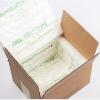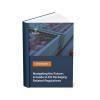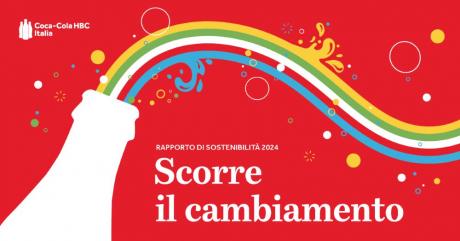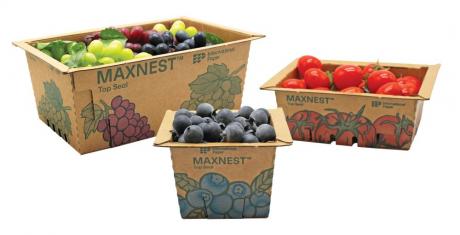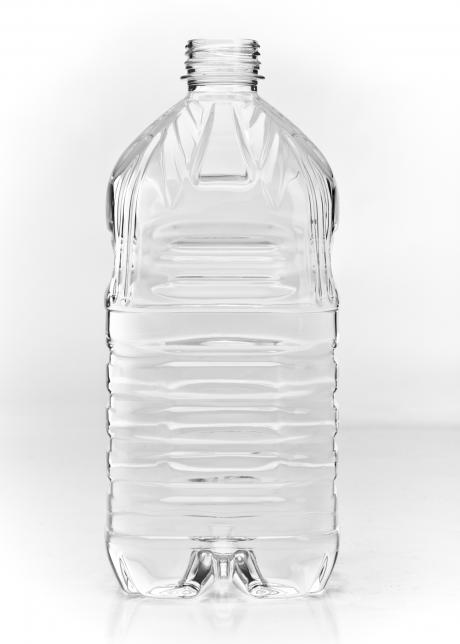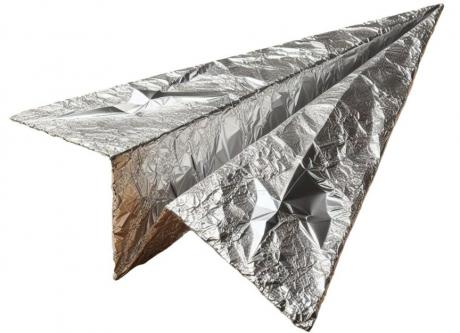Data, forecasts and types of packaging for a sector that, on the whole, has been able to withstand the pandemic crisis, albeit with some difficulty.
Barbara Iascone
Istituto Italiano Imballaggio
The product categories included in this analysis are many and their production is divided between domestic and foreign markets. For the purposes of the report, only packaged industrial products were considered: industrial bread (but not that sold loose) and its substitutes (crackers, breadsticks, croutons, etc.), cookies and rusks, brioches and snacks, cakes and small packaged pastries, cereals, both ready-to-eat and snack bars, and finally, festive products (panettone, Easter doves, etc.). In terms of turnover, the sector represents about 4% of the entire food industry.
2020 data
According to the data processed through the Italian Packaging Institute Banca Dati, in 2020 the sector exceeded 1,570 t/000 in terms of production, registering a growing trend of about 2%.
In an anomalous year, this is one of the few sectors in positive territory: the drop in the domestic market and imports (-7.8%) was in fact offset by the increase in exports (+1.6%), which drove production towards the plus sign, representing about 47% and concentrated mainly in the cookie sector.
Among the various product categories, the cookie sector leads the growth of the entire sector, with a share of 40.5%. This is followed by industrial bread and its substitutes (crackers, breadsticks and similar products) with 24.2%. Packaged snacks and cakes represent 14.7% and packaged pastries 8.6%. Finally, we find recurring products with 7.4% and cereals with 4.6%.
Assumptions for 2021
As far as the year just ended is concerned, definitive data is not yet available. However, forecasts indicate a healthy sector, with a production that should confirm the growth already recorded in 2020 (2%). To support production will always be exports, of which a tendential increase of 15% is expected, which would make the share of Italian production destined for foreign markets jump to 53%.
Imports should also register a positive sign (6%), but this would not be enough to support the domestic market, which should register a drop of around 3%.
From the first processing of consumption data for 2021 (source: Nielsen), decreases are expected for many product categories of the sector, first of all for cookies, which should fall by 4%. Decreases are also expected for industrial bread and its substitutes (about 3%) and industrial confectionery (1.7%); on the other hand, packaged snacks and cakes are expected to rise by about 1.5%.
Packaging: trends and materials
Considering the entire sector, 97.8% of the packaging mix is represented by flexible laminated packaging, whether plastic or paper. This is followed with 1.3% by plastic bags. The remainder is divided between cardboard cartons with 0.8% and a very small quantity of steel fancy tins, with 0.1%.
This is because the main input in the choice of packaging for these products is the ability to maintain the freshness of the contents and preserve their qualitative characteristics (softness, fragrance and, in some cases, crunchiness). In recent years, the instances of environmental respect and sustainability have driven the design of packaging solutions made of biodegradable and compostable materials, with low environmental impact and 100% recyclable.
If laminated packaging is the most widely used type of packaging in all product sectors, the types of materials used can vary. For example, as far as cookies are concerned, 96% of packaging is represented by flexible laminated bags mainly made of paper, 2.3% is represented by plastic bags, and 1.5% by cardboard cartons. Fancy steel tins make up the remaining 0.2%.
As far as the packaging mix with reference to the other product categories is concerned, packaging is represented exclusively by plastic converter pouches.
Some types of products, such as snacks or crackers, have more than one package per pack, due to distribution requirements. In both cases, the single portion is packaged in a plastic bag made of 20-30 micron PP monofilm, and the individual single portions are in turn placed inside a multipack, usually a cardboard carton. The whole is enclosed in a flexible laminated bag by a converter. Same situation for cereal packaging, both breakfast and bars.
In 2020, the entire sector moved a quantity of packaging equal to about 200,000 tons, including primary, secondary and transport packaging, of which about half referred to export products. The data relating to the packaging mix refers to 2020, but this subdivision remains stable over the years, making the positioning of the various types of packaging constant over time.
The challenge in future years will remain that of providing increasingly sustainable and easily recyclable packaging.


